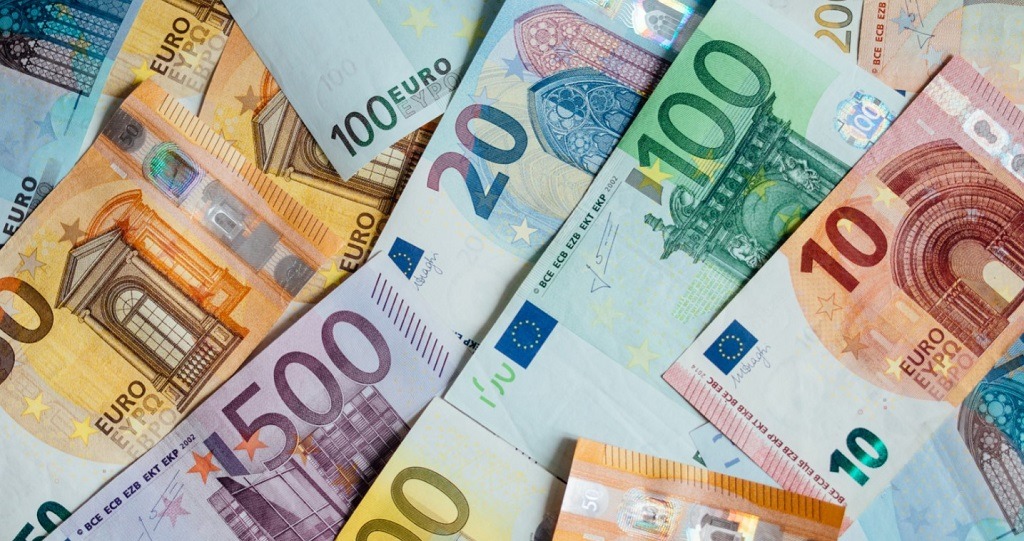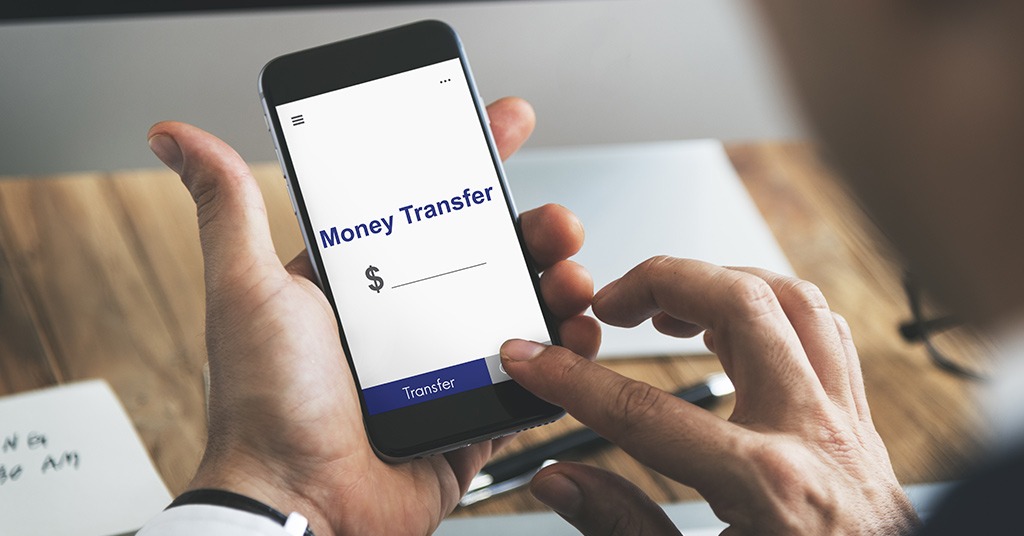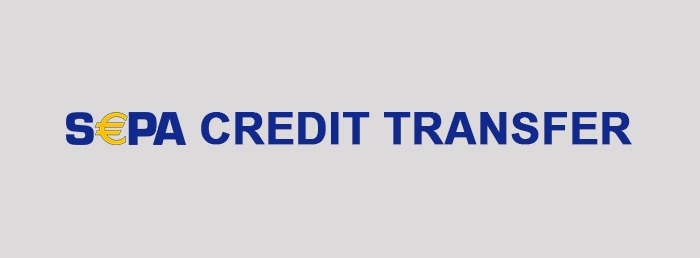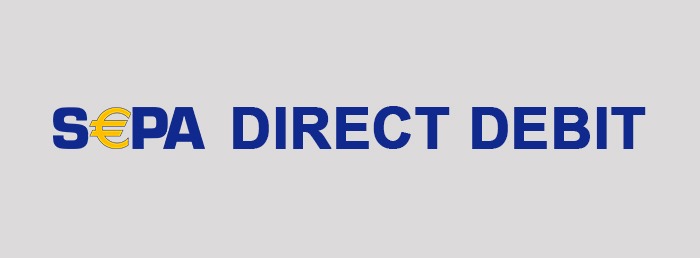Learn how to send and receive money using SEPA transfers

How to make & accept SEPA transfers. Source: shutterstock.com
Since its foundation, the European Union has been a melting pot of continental nations. Many citizens work or study in one EU country while having a property or family to support in another one. Some people regularly go shopping to neighboring countries with cheaper prices, not to mention crossing the borders for entertainment purposes.
The member states have joined efforts to facilitate both workforce and money movement within the Eurozone. The single currency has made EU transfers free from exchange rates, but it isn’t enough.
The Single Euro Payments Area (SEPA) is a payment-integration initiative of the EU for simplification of bank transfers involving the Euro currency. 36 European countries united to turn the previously fragmented national payment markets into a single domestic one.
The important fact is that the SEPA system, created at the initiative of EU lawmakers, does not function globally, whereas the SWIFT transfer system works worldwide. Euro payments to a non-SEPA country will not be processed under SEPA conditions.
SEPA does not cover payments in currencies other than the euro. Even though many EU countries use their national currencies for domestic transactions, when money goes across the border, there’s no place for zlotys, korunas or forints.
How to send a SEPA transfer
Since October 31, 2016, banks can execute EUR-denominated payment orders within the EU only as SEPA transfers. Both the sending and receiving accounts should be registered with banks located in the SEPA area.
While citizens and residents of the 36 participating countries can easily open a bank account there, non-residents are likely to face some restrictions and additional fees (in most cases).

To send money using the SEPA messaging platform is quite easy. Source: shutterstock.com
To send money using the SEPA messaging platform is quite easy. On the customer’s side, minimum data is required. You should provide the recipient’s name and address, and their IBAN.
The use of the international bank account number (IBAN) is sufficient and mandatory, while the BIC (SWIFT) code of the beneficiary’s bank is not necessary for this transfer type. The latter will be automatically defined by the system.
Regardless of the target country of the recipient, if they have an IBAN, but the beneficiary’s account number was entered in a different format, the recipient bank can reject the execution of the order or charge a premium fee for the execution of the transfer. The additional charges will apply to the sender.
Please bear in mind that in many bank forms used for SWIFT transfers there’s a section called “details of charges” which specifies who bears the processing costs. The common options are:
- OUR – the payer covers all the expenses,
- BEN – the beneficiary will pay for the transfer, the fee is deducted from the amount you send,
- SHA – both sides share charges equally.
In case with SEPA transfers, the method of charging can only be shared – SHA.
The commission fee cannot be deducted from the amount of the order. Hence, make sure you have a sufficient amount in your account before sending a transfer (full amount + fee).
Accepting SEPA transfers
If you’re going to receive a SEPA international bank transfer, you must realize there are different categories of these wire transfers.
SEPA wire transfers can be divided into SEPA credit transfers (SCT) and SEPA direct debit (SDD).

SCT is a one-time bank transfer made within the Eurozone equivalent to ACH transfers in the United States. It is initiated by the sender and credited to the recipient’s account.

SDD can be used to enable recurring payments for an indefinite period or a predetermined number of transactions, as well as one-off payments. SDD is a pull payment initiated by the payee to collect funds from the payer’s account. The debtor signs an electronic or paper mandate to pre-authorize the creditor to send direct debit request(s).
SEPA transfers take place in different payment contexts such as person-to-person, consumer-to-business (retail payments including both in-store and m-commerce payments) and business-to-business payments.
The ways to accept these payments differ depending on their type.
While SCT doesn’t require any additional actions from the beneficiary’s side, SDD transfers need a pre-approval. Businesses may use it to charge individual customers or business partners.
When using SDD to make a purchase, the customer has to submit their account name, IBAN, and BIC while agreeing to be charged by the merchant. This agreement is referred to as a mandate.
The originating account can be in any SEPA currency, but the transfers are always in Euros.
There are two ways to issue a mandate:
- Send the client a pre-filled authorization form as a PDF which they sign and send back to you, or
- Create an electronic mandate (scan the signed mandate or tick a box on the shopping cart). Note that electronic mandates issued in this way aren’t accepted everywhere.
If you deal with B2B transactions, the SDD execution requires two mandates. One is sent to the payee bank and the other is sent to the creditor.
Many fintech solutions simplify your documentation routines. Payment gateways that are used for e-commerce or B2B APIs may deal with the SEPA SDD authorization mandates according to all industry standards. You should check this information with your payment provider.
SEPA transfers fees

The fees for SEPA transfers vary, but they are usually quite low (up to €5). Source: shutterstock.com
The fees for SEPA transfers vary, but they are usually quite low (up to €5). Sometimes, the transactions are free of charge since they basically happen in one market space and the parties don’t bear significant costs.
Commonly, you pay a single fee for all the SEPA money transfers, notwithstanding the recipient’s bank location. For instance, if you live in France and have a bank account with any of the French banks, it will not make a difference if you want to make a SEPA transfer to another account in France or to a German one. For more details, you can contact your bank.
There are no hidden charges involved in the SEPA transfers, since local banks are not allowed to make any deductions from the amount transferred. Ir there’s a processing fee, you’ll know about that straight ahead of the transaction.
For businesses, however, the transfer costs may be higher since they have to deal with the PSPs.
Processing terms

SEPA transfers hit the recipient’s account within the next working day. Source: pexels.com
SEPA transfers hit the recipient’s account within the next working day.
There’s also an instant credit transfer option which cuts the waiting time to a few seconds maximum. An increasing number of institutions are accepting the instant transfer type today. It is available to both individuals and corporate clients. You can find out more details at your bank.
No additional fees will be charged for the speed – you will receive the funds to your account at the same rate as with an ordinary SEPA Credit Transfer.
The initial limit of 15,000 euros per single payment applies to all banks offering the service. This summer the given amount is going to increase up to 100 thousand euros. That will open new horizons for SEPA transfers.
Another benefit of the service is that it functions 24/7, including weekends and holidays – periods when most traditional electronic payments are not operational.
The service is in its initial phase in Europe and the number of participating banks will grow gradually. 2258 payment service providers have already joined the scheme: which is 56% of all European PSPs.
SEE ALSO:









